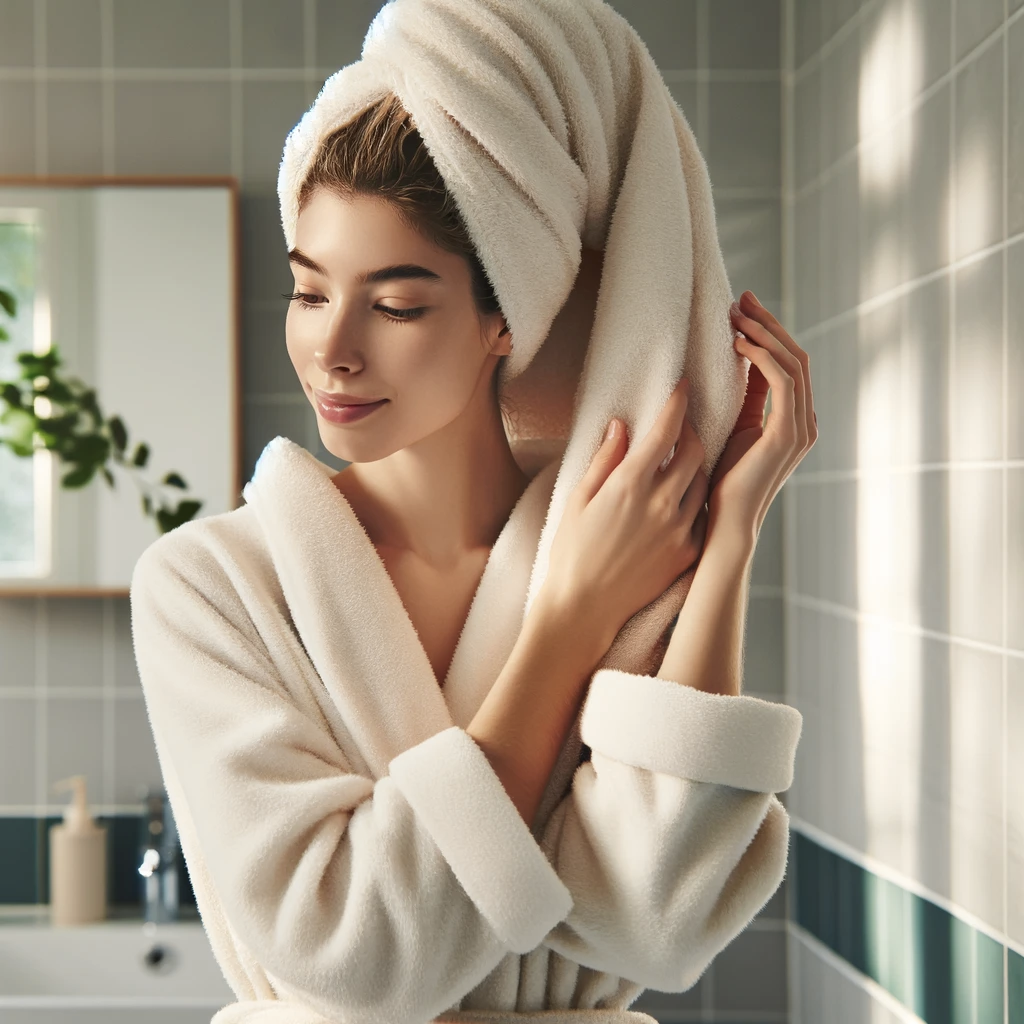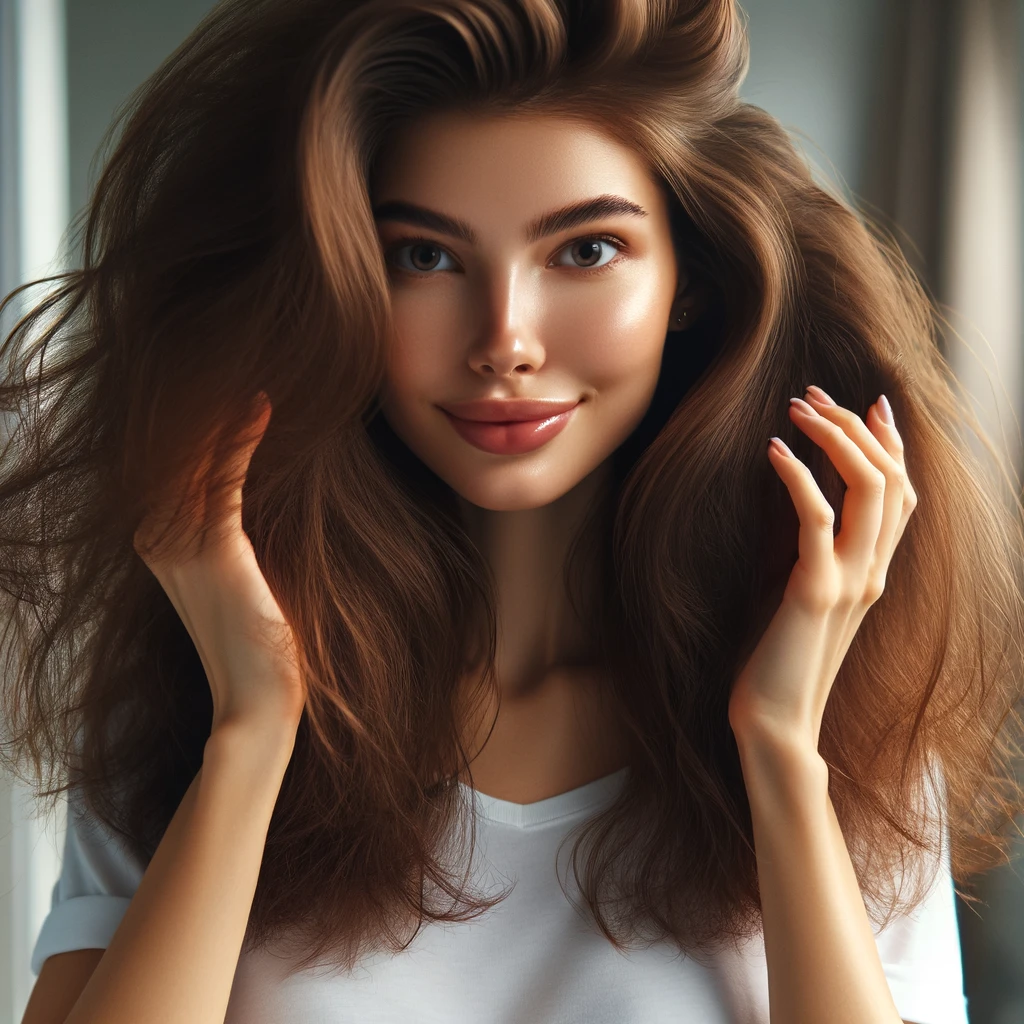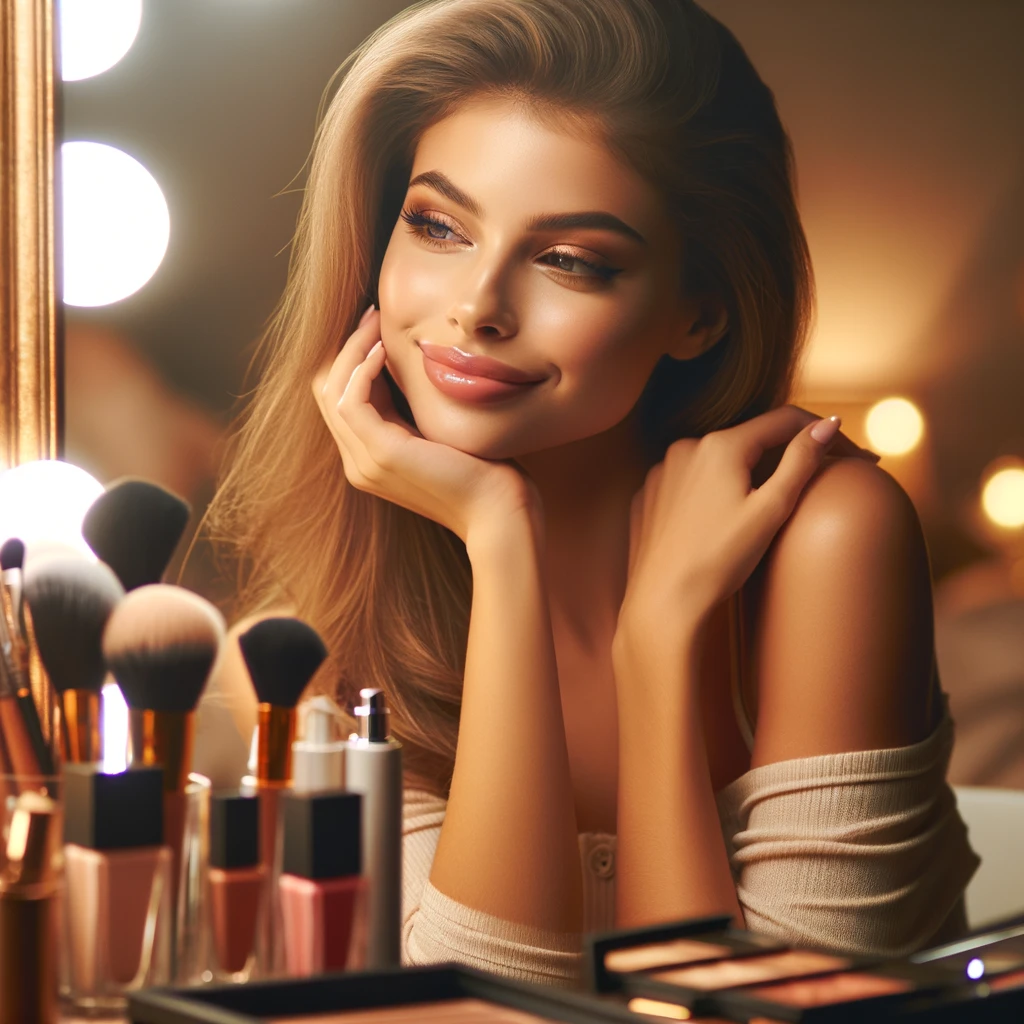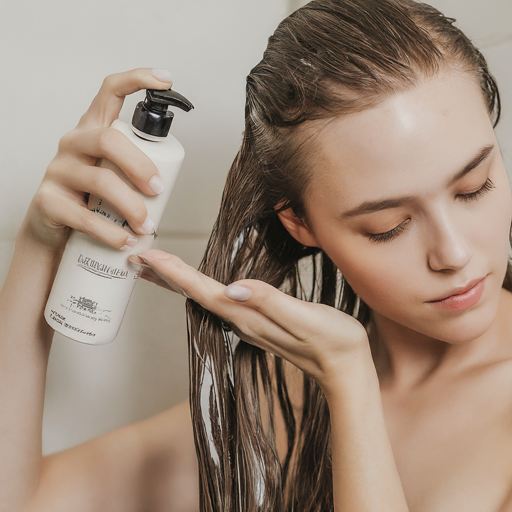How Often Should You Condition Your Hair

How Often Should You Condition Your Hair
How often you should condition your hair varies by hair type and conditioner used.
Use rinse-out conditioner after every shampoo, ideally a few times a week.
Leave-in conditioner is recommended once a week, for dry or damaged hair.
Deep conditioners should be applied every month, targeting again dry or damaged hair.
Cleansing conditioners can be used as often as shampoo, suited for oily or fine hair, but might not be ideal for dry, coarse, or curly hair types.

How to Apply Hair Conditioner Correctly
Below, we break down the best practices for each type of conditioner, catering to various hair types and desired outcomes.
Rinse-out Conditioner
Best for: All hair types, especially those who wash their hair a few times weekly.
How to Apply:
- After shampooing, squeeze out excess water from your hair.
- Apply the conditioner, focusing mainly on the ends of your hair where damage is most prevalent.
- Leave it in for a couple of minutes before rinsing thoroughly.
Rinse-out conditioners are the go-to for most, offering a quick moisture fix post-shampoo. The American Academy of Dermatology (AAD) advises using them after every wash. However, those with oily or fine hair might find less frequent use beneficial to prevent weighing hair down.
Leave-in Conditioner
Best for: Mild to moderately dry hair, and especially beneficial for curly, dry, or damaged hair.
How to Apply:
Leave-in conditioners are perfect for added hydration and repair. Applying once a week is a good starting point, but those with dry or curly hair may benefit from more frequent applications.
Deep Conditioner
Best for: Very damaged or dry hair needing intense restoration.
How to Apply:
Designed for occasional use, deep conditioners provide profound hydration and repair benefits. Using them every month or two can dramatically improve hair health.
Cleansing Conditioner
Best for: Fine or oily hair as a gentle alternative to traditional shampoo and conditioner routines.
How to Apply:
- Use in place of shampoo and conditioner, applying to wet hair and scalp.
- Massage gently, then rinse thoroughly.
Cleansing conditioners offer a two-in-one solution but may not be ideal for dry, coarse, or curly hair needing more intensive moisture.

How to Tell if You Are Overconditioning / Underconditioning
Recognizing the balance in hair conditioning is crucial for healthy hair. Here's how to identify signs of overconditioning and underconditioning:
Overconditioning Signs:
- Greasy Hair: Indicates too much moisture.
- Lack of Volume: Hair appears flat.
- Excessive Shine: Unnaturally glossy hair.
- Styling Difficulties: Harder to style with heat due to limpness.
Solution: Reduce conditioning frequency or switch to a lighter conditioner.
Underconditioning Signs:
- Dry or Brittle Strands: Indicates a lack of moisture.
- Excessive Tangling: Hair is prone to knots.
- Frizz: Lack of moisture leads to frizzy hair.
- Dullness: Hair lacks its natural shine.
Solution: Increase conditioning frequency or incorporate a deep conditioning treatment.
Final Thoughts
To sum up, mastering your hair's conditioning routine is essential for health and beauty. Remember, the key is finding the right balance of conditioning tailored to your hair's needs.
Luxe-Cosmetics offers exceptional solutions for those seeking to enhance their hair care regimen. The Luxe Hair Growth Conditioner and Hydrate & Repair Conditioner are designed to nourish, repair and promote hair growth. Pair these with the Luxe Hair Growth Serum for optimal results.

Josef Mohamed
Josef Mohamed is a Content Marketer and Web Designer with over 6 years of experience.He brings a wealth of knowledge to his work, making him a reliable source for readers interested in practical insights about beauty.His writing style is straightforward, aiming to provide real facts and avoid common myths in the beauty industry.



